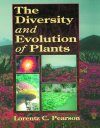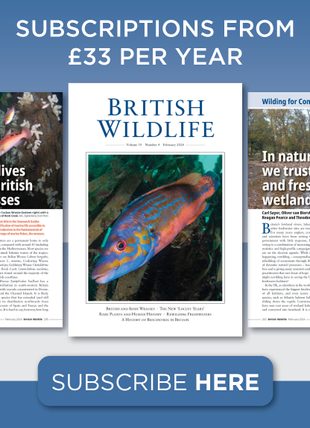By: Lorentz C Pearson(Author)
624 pages, b/w photos, illustrations, tables
![The Diversity and Evolution of Plants The Diversity and Evolution of Plants]()
Click to have a closer look
About this book
Contents
Customer reviews
Related titles
About this book
Hardback reprint of a book originally published in 1995.
This textbook examines the concepts of evolution as the underlying cause of the rich diversity of life on earth-and our danger of losing that rich diversity. Written as a college textbook, The Diversity and Evolution of Plants introduces the great variety of life during past ages, manifested by the fossil record, using a new natural classification system. It begins in the Proterozoic Era, when bacteria and bluegreen algae first appeared, and continues through the explosions of new marine forms in the Helikian and Hadrynian Periods, land plants in the Devonian, and flowering plants in the Cretaceous. Following an introduction, the three subkingdoms of plants are discussed. Each chapter covers one of the eleven divisions of plants and begins with an interesting vignette of a plant typical of that division. A section on each of the classes within the division follows. Each section describes where the groups of plants are found and their distinguishing features. Discussions in each section include phylogeny and classification, general morphology, and physiology, ecological significance, economic uses, and potential for research. Suggested readings and student exercises are found at the end of each chapter.
Contents
Preface
- Introduction: Origin and Evolution of Plants
- Plant Diversity and Classification
- Plant Diversity in Time and Space
- The Red Line
- Procaryotes or Fission Plants
- Red Seaweeds
- Terrestrial Fungi: Molds and Mushrooms
- Lichens and Other Symbiotic Plants
- The Brown Line
- Fire Plants and Cryptophytes
- Slime Molds
- The Ubiquitous Algae: Diatoms and Other Chrysophytes
- Flagellated Fungi
- Kelps and Other Brown Seaweeds
- The Green Line
- Euglenids
- The Pond "Mosses," Siphonophytes, and Stoneworts
- Mosses and Liverworts
- The Fern Allies and Origin of the Vascular Plants
- Ferns
- Plants with Seeds: The Gymnosperms
- Plants with Seeds: The Flowering Plants
Bibliography
Glossary
Index
Customer Reviews
By: Lorentz C Pearson(Author)
624 pages, b/w photos, illustrations, tables
"There can be no other word to describe this book than the term 'encyclopaedic.' Its 640 pages, 86 tables and 182 well-chosen illustrations provide a veritable mine of information and from an interdisciplinary point of view. It can, without any reservation, be recommended for its unexcelled presentation of material valuable for environmental conservation specialists [...] "
– Richard Evans Schultes, Botanical Museum of Harvard University in Journal of Ethnobiology
"[...] a carefully structured and well-presented textbook that makes a special effort to provide students with starting points for additional studies [...] because of its very readable style, this book will interest students to really think about plant evolution in a broad sense rather than simply learn facts."
– Northeastern Naturalist




































